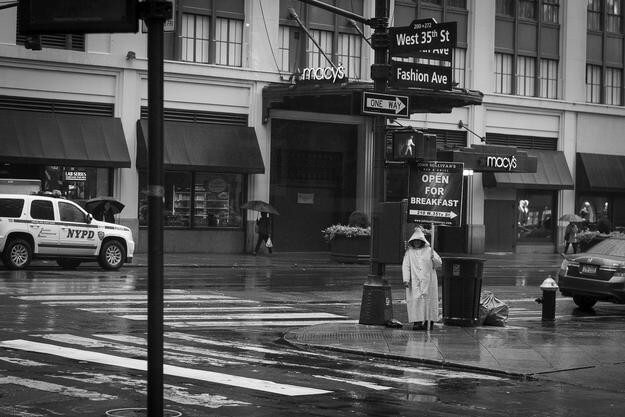
Photo Credit: Issac Shaoul
What makes a great weather forecast? In meteorology, the rule is that better data makes all the difference. That’s because you need three components:
- Science — to develop your forecasting models
- Computing power — to run the models in short cycles and in high resolution
- Weather observations in high quality and density to use as inputs for the model (called ‘initial conditions’).
When it comes to competitive advantage, #3 is the one to beat, since everyone has relatively equal science and computing power. That’s because the scientific community shares new findings and the best forecasting models are open-sourced. Computing power has become cheap and widely available to private companies, even in developing countries.
Here’s the catch. It’s very difficult to collect high-quality weather observations that meet all of these criteria simultaneously: good coverage, high density and short cycle times.
Current sensors simply don’t provide adequate quality (coverage and density), and they’re too expensive to deploy widely.
Tomorrow.io takes an innovative approach to sensing the environment. Wireless communications networks span nearly the entire globe, and we discovered a way to use them for weather data collection. Since the infrastructure exists already, we are able to quickly close the observation gap at a lower cost than current technologies.
Here’s why it’s so awesome. We don’t just have millions of sensors; we have millions of better-performing sensors. We get data every minute, down to a 300 meter radius on the ground- that’s street level! and a 90% correlation between our measurements and the reality on the ground (also called ground truth). This means we can classify precipitation with near-total accuracy and measure the rates of rain and snowfall.
In a world where most people don’t have radar coverage for their local forecasts, there’s a lot of room for improvement. In fact, of the global area covered by radar, only 7% has access to the more advanced, dual-polarization type. That means forecasts can be inaccurate, sometimes, to the point of danger.
Tomorrow.io can warn insurers of the exact risk of flooding or hail, and event planners of when the snow will turn to rain. It can provide drivers with precise conditions en-route, commodities traders with perspective on short-term volatility.
It’s a whole new level of nowcasting.
Published by: Rei Goffer, CSO | Tomorrow.io














